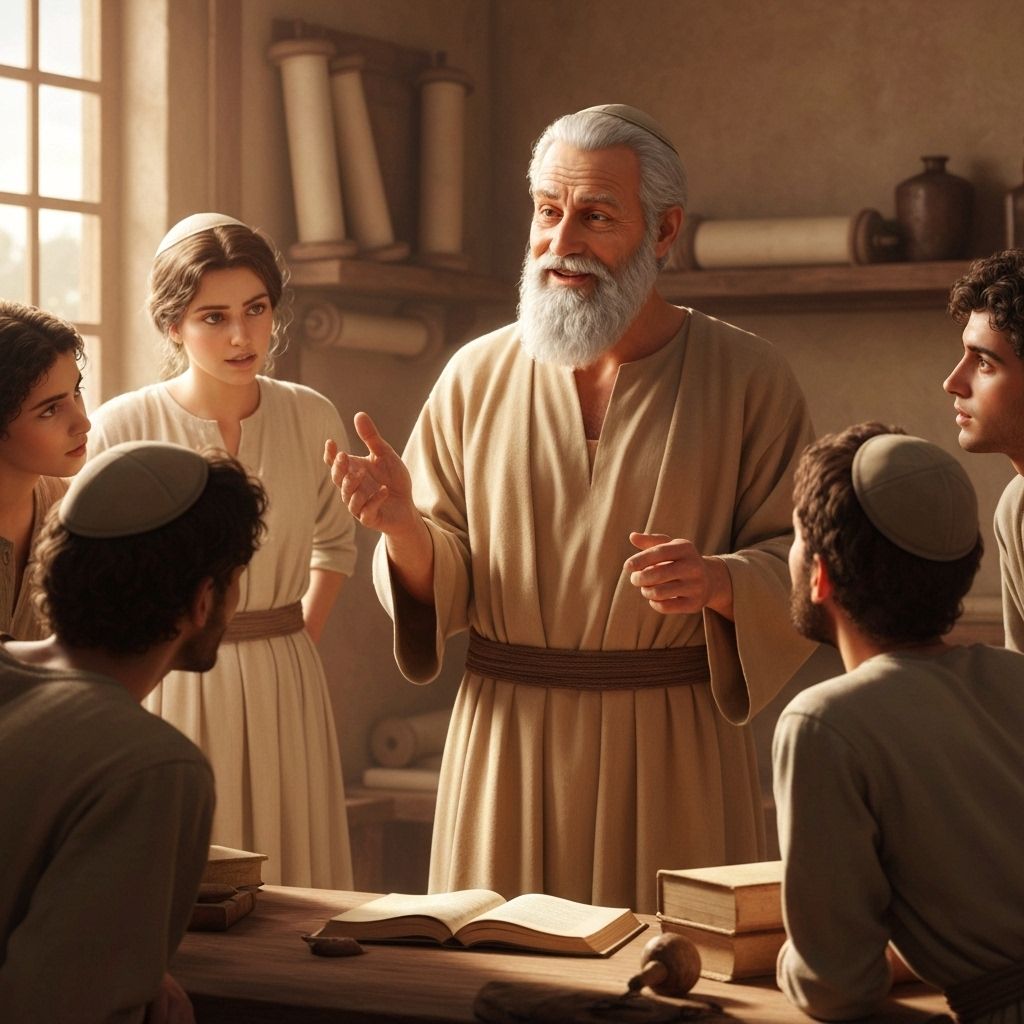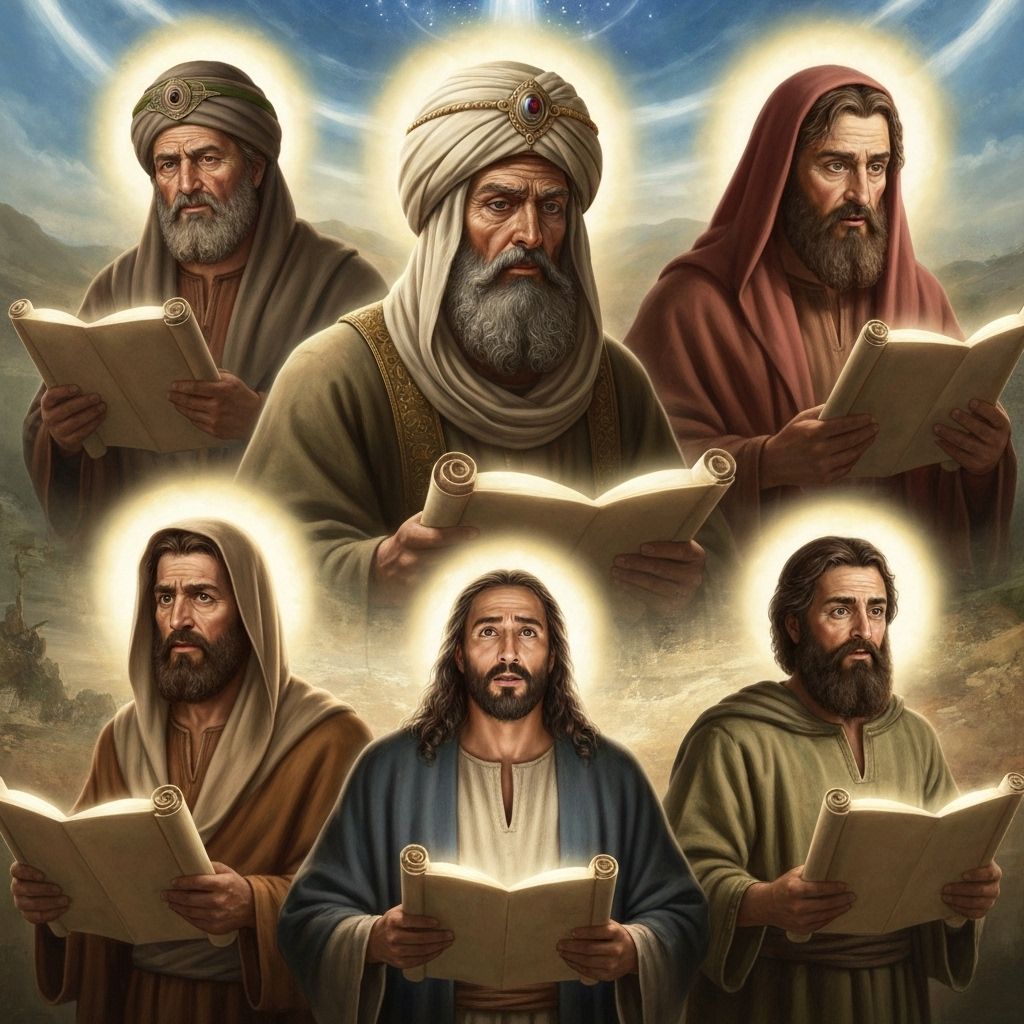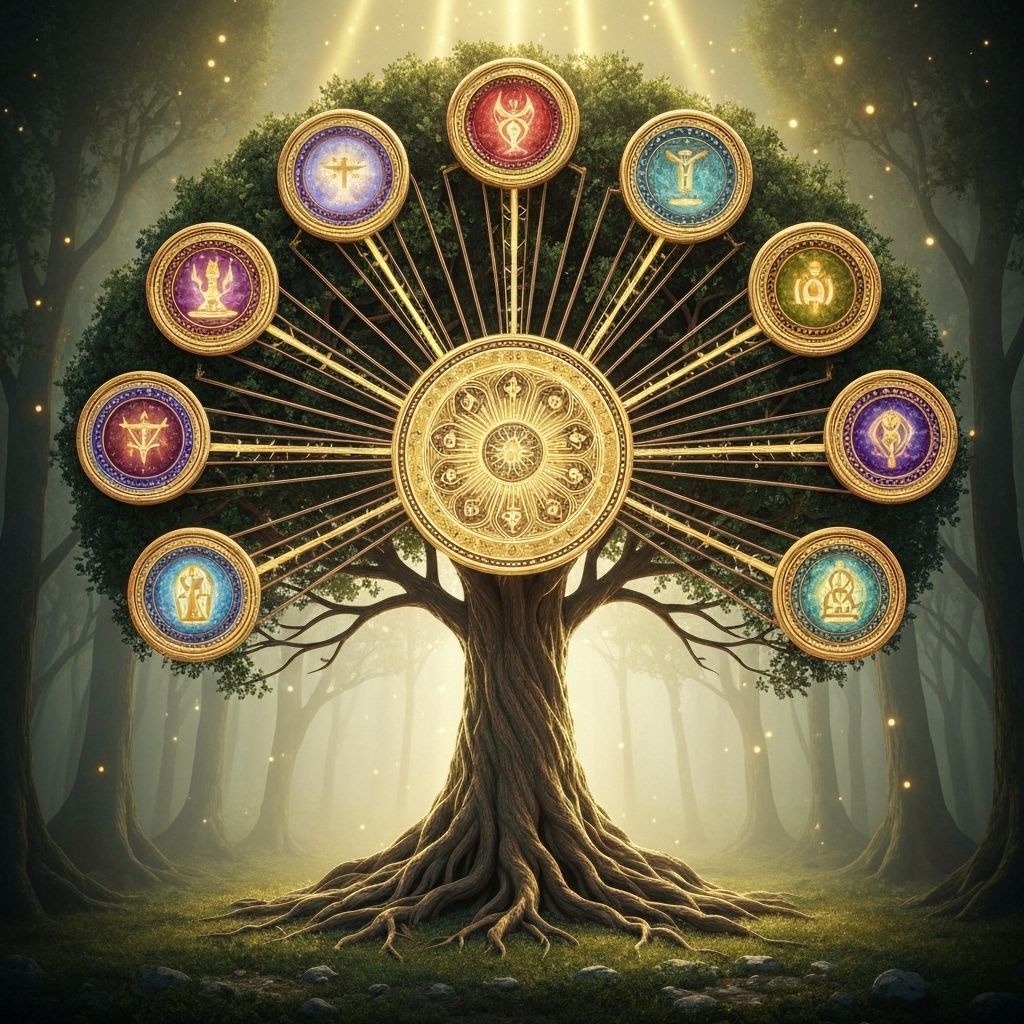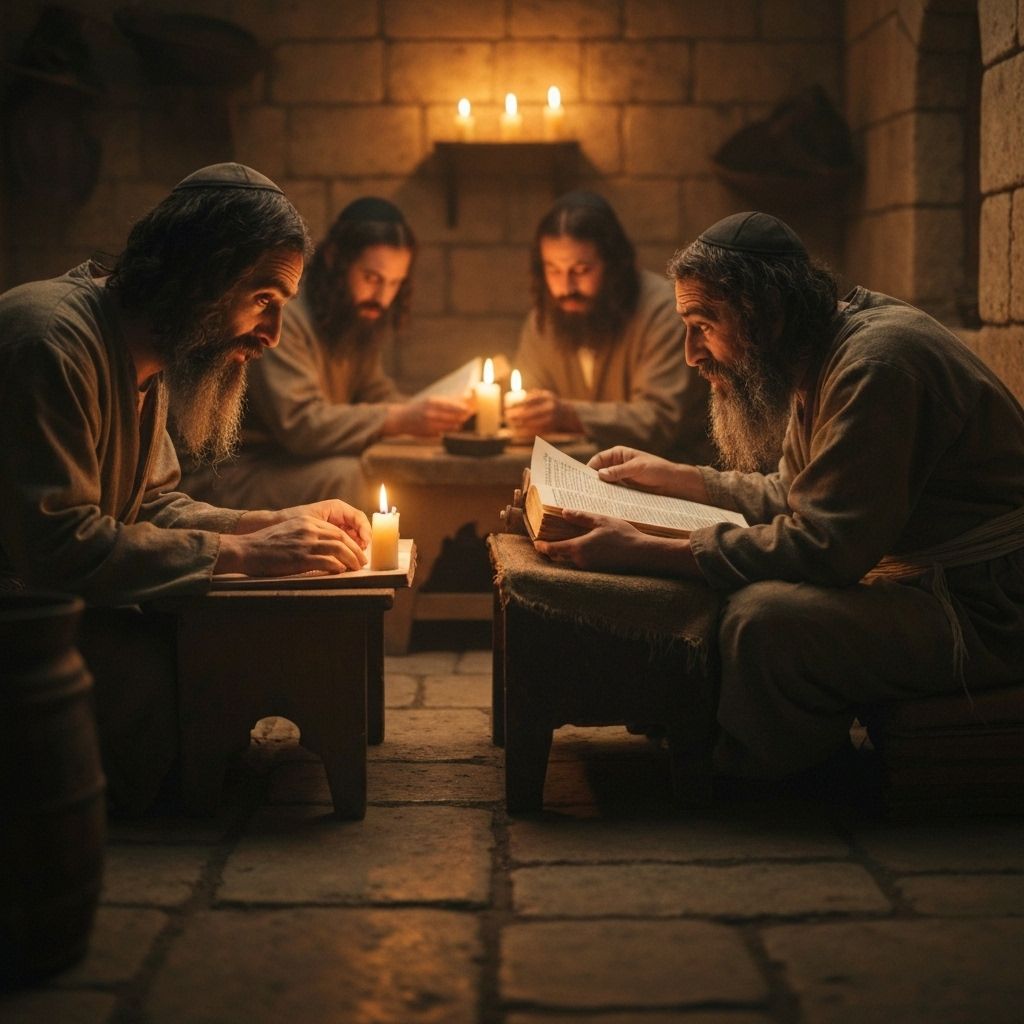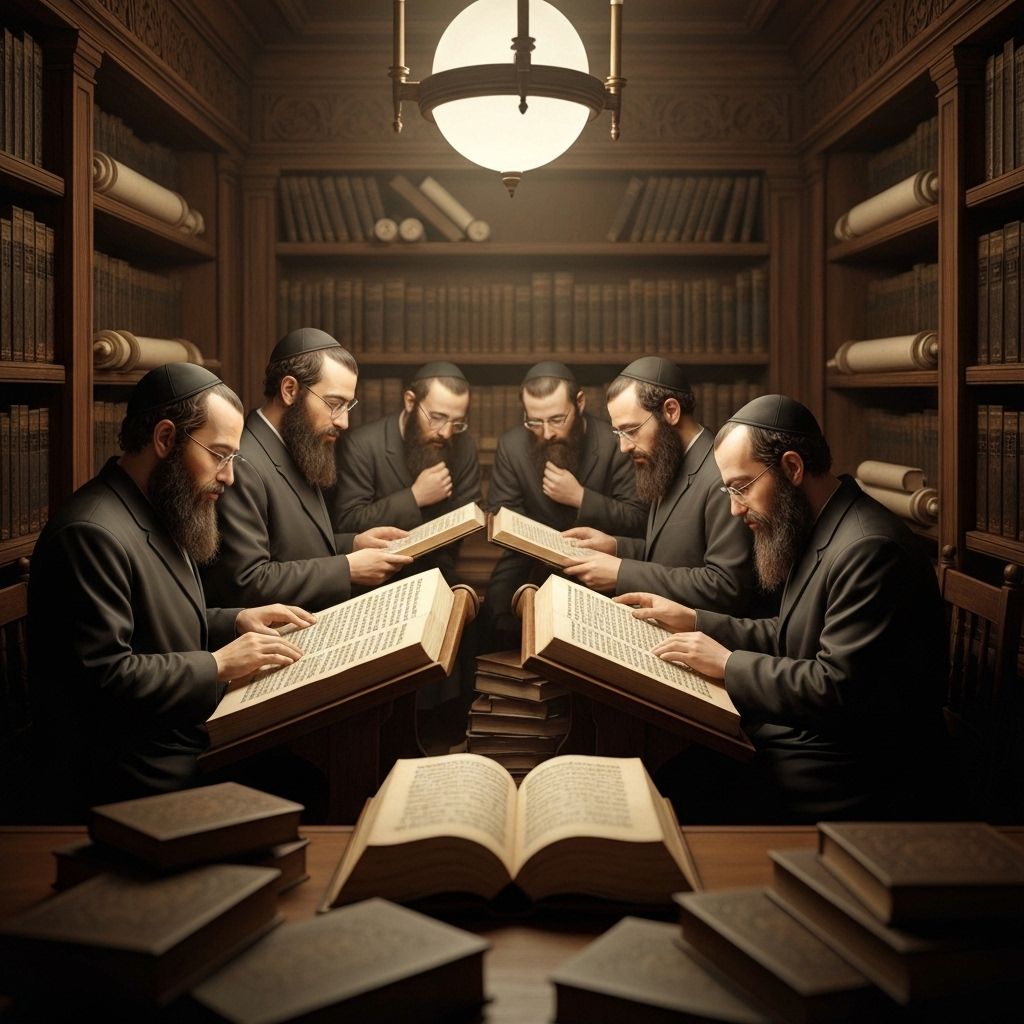3-Minute Summary
The Words of the Torah Explained with Help from Rashi and Ramban
Rashi (1040-1105) was a medieval French rabbi whose commentary on the Torah and Talmud is considered essential reading. His explanations focus on the plain meaning of the text and are known for their clarity and accessibility.
Ramban (1194-1270) was a Spanish rabbi, physician, and philosopher who provided deeper mystical and philosophical insights into the Torah, often building upon Rashi's work while adding his own profound interpretations.
Hashem instructs Moses to send one leader from each tribe to spy out Canaan. This reconnaissance represents the transition from desert wandering to land conquest, requiring assessment of both opportunities and challenges.
The spies return after 40 days with a mixed report: the land is indeed fruitful, but its inhabitants are formidable and the cities fortified. Ten spies focus on the obstacles, while Caleb and Joshua emphasize faith in divine promise.
The people's reaction to the negative report is despair and rebellion. They weep, complain against Moses and Aaron, and even consider appointing a new leader to return to Egypt. This shows how fear can undermine faith and lead to rejection of divine guidance.
Hashem's response to the rebellion is judgment: the current generation will wander in the desert for 40 years, one year for each day of spying. Only Caleb and Joshua will enter the land, along with the next generation.
A group of people, inspired by their despair, attempts to conquer Canaan without divine approval and is defeated. This teaches that human effort without divine timing and blessing leads to failure, even when well-intentioned.
The laws of offerings establish daily and additional sacrifices, showing that divine service requires consistent ritual practice. These offerings maintain the connection between the people and Hashem during the wilderness period.
The tzitzit commandment requires fringes on garments as reminders of divine commandments. This physical reminder helps maintain spiritual awareness and commitment to Torah observance.
The sotah ritual provides a test for suspected marital infidelity, using bitter waters to determine guilt or innocence. This maintains marital sanctity while providing a path for reconciliation and truth.


